Home>Interior Design>Why Is Interior Design Important
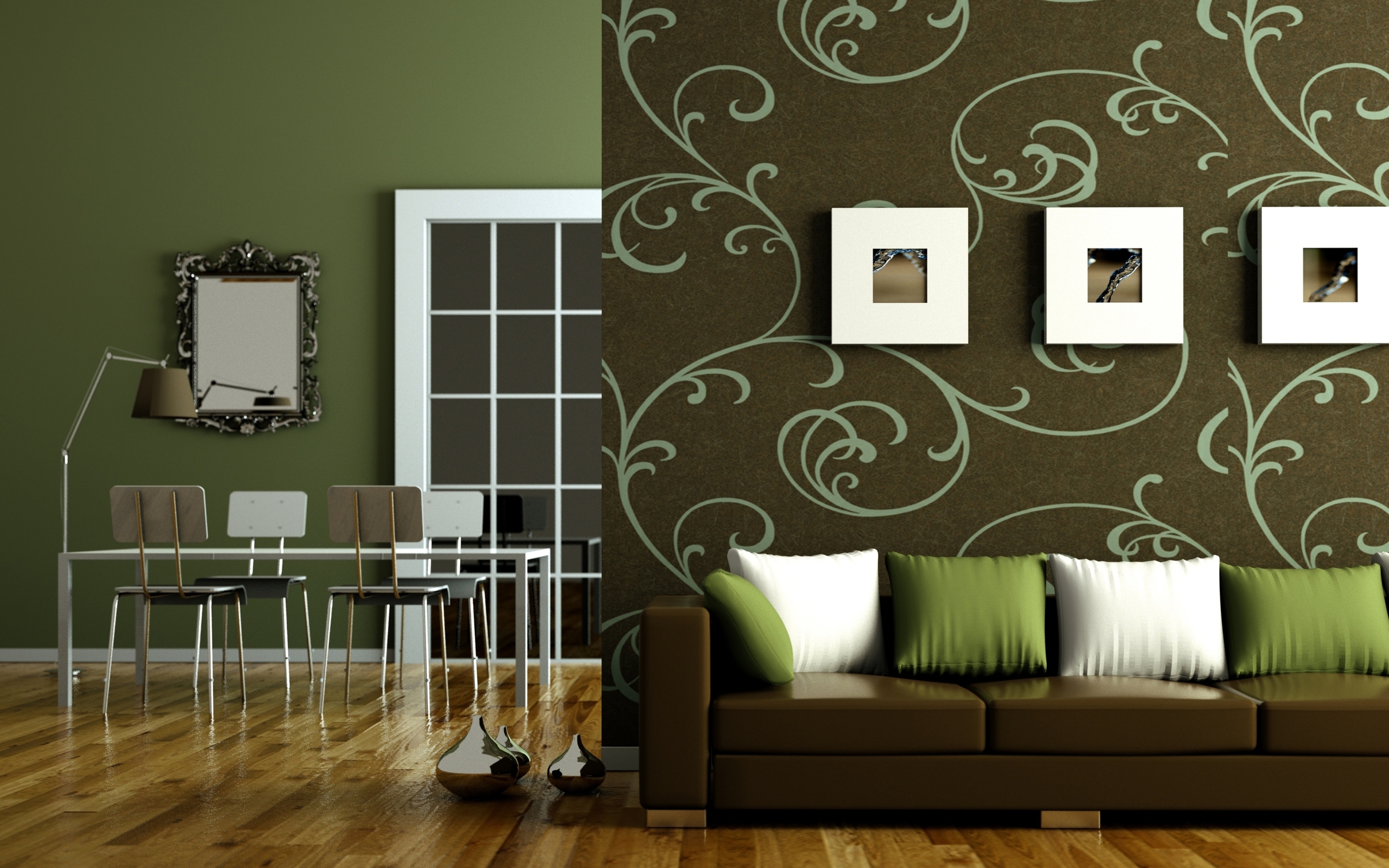

Interior Design
Why Is Interior Design Important
Modified: October 29, 2024
Discover the significance of interior design and its impact on creating functional and aesthetically pleasing spaces. Uncover the reasons why interior design is crucial for enhancing your living or working environment.
(Many of the links in this article redirect to a specific reviewed product. Your purchase of these products through affiliate links helps to generate commission for Storables.com, at no extra cost. Learn more)
Introduction
Welcome to the world of interior design! Whether you are revamping your own living space or working with clients to transform houses into homes, the importance of interior design cannot be overstated. Interior design is not just about making a space beautiful – it is a powerful tool that can create an atmosphere, reflect personal style, maximize functionality, promote well-being, enhance aesthetics, create a cohesive space, and even increase property value.
In today’s fast-paced world, where we spend so much time indoors, the design of our living and working environments has a profound impact on our well-being and productivity. The way a space is designed can evoke specific emotions, enhance our moods, and even affect our overall quality of life. Let’s dive deeper into why interior design is so important!
Key Takeaways:
- Interior design is more than just aesthetics; it enhances atmosphere, reflects personal style, maximizes functionality, and promotes well-being, creating visually appealing and cohesive spaces while increasing property value.
- Well-designed interior spaces have a profound impact on mood, emotions, and overall well-being, allowing for self-expression, functionality, visual appeal, and increased property value, making interior design an invaluable investment.
Read more: Why Are Pillows Important
Enhancing the Atmosphere
One of the primary goals of interior design is to enhance the atmosphere of a space. The way a room feels can significantly impact our mood, emotions, and overall experience in that space. A well-designed room can create a cozy and welcoming ambiance, making you feel at ease and comfortable. On the other hand, a poorly designed space can feel chaotic, disorganized, and leave you feeling restless.
Interior designers have a keen eye for color, lighting, texture, and spatial arrangement. They understand how to create a harmonious balance between these elements to establish the desired atmosphere. For example, warm colors like red and orange can create a cozy and intimate environment, perfect for a living room or bedroom. In contrast, cool colors like blue and green can evoke a sense of calmness and serenity, making them ideal for offices or meditation rooms.
Lighting plays a crucial role in setting the mood of a room. Natural light is revered for its ability to make a space feel bright and airy, fostering a sense of vitality. On the other hand, strategic use of dim lighting can create a relaxed and intimate atmosphere in a bedroom or dining area. Designers also consider artificial lighting options, such as chandeliers, recessed lighting, and lamps, to create the desired ambiance.
By paying attention to these details and carefully curating the elements within a space, interior design can transform a room’s atmosphere, turning it into a sanctuary that aligns with the intended mood and purpose of the room.
Reflecting Personal Style
Your home is your personal sanctuary, and interior design provides a platform for expressing your unique style and personality. It is an opportunity to create a space that reflects who you are and what you love. Whether your style leans towards minimalism, eclectic, rustic, or contemporary, interior design allows you to curate and showcase your personal taste.
Interior designers work closely with their clients to understand their preferences, interests, and lifestyle. They use this knowledge to guide the design process and create a space that resonates with the individual or family. This involves selecting materials, colors, furniture, and accessories that align with the client’s taste and create a cohesive look.
For example, if you have a love for vintage furniture and enjoy collecting unique pieces, an interior designer can help you incorporate these items into your space while ensuring they harmonize with the overall design. Similarly, if you are drawn to bold and vibrant colors, an interior designer can suggest ways to infuse those elements into your home in a tasteful and balanced manner.
Not only does reflecting personal style enhance the aesthetic appeal of the space, but it also fosters a deeper connection and sense of belonging. Being surrounded by elements that resonate with your personal taste can create a feeling of comfort, contentment, and authenticity within your home.
Interior design provides an avenue for self-expression, enabling you to fully embrace and showcase your unique style and personality in your living environment.
Maximizing Functionality
Interior design goes beyond just aesthetics; it also plays a vital role in maximizing the functionality of a space. A well-designed interior takes into consideration the practical needs and requirements of the occupants, ensuring that the space is not only visually appealing but also practical and efficient.
Interior designers are skilled in space planning, understanding how to optimize the layout of a room to make the best use of available space. They consider factors such as traffic flow, furniture placement, and storage solutions to create a functional and organized space.
For example, in a small apartment, an interior designer might use multifunctional furniture, such as a sofa that doubles as a bed, to maximize the available space and provide flexibility for different needs. They may also incorporate clever storage solutions, such as built-in shelving or hidden compartments, to keep the space uncluttered and organized.
Additionally, interior designers consider lifestyle factors when designing a space. They understand the specific needs of the occupants and design accordingly. For instance, if you have a young family, an interior designer might focus on creating child-friendly spaces with durable materials, rounded edges, and ample storage for toys. On the other hand, if you work from home, they can create a dedicated home office that promotes productivity and concentration.
By maximizing functionality, interior design ensures that a space not only looks beautiful but serves its intended purpose effectively. It seamlessly combines practicality with aesthetics, resulting in a space that is not only visually pleasing but also functional and tailored to the needs of the occupants.
Promoting Well-being
Interior design has a significant impact on our overall well-being. Our surroundings can influence our mental, emotional, and even physical health. A well-designed space promotes a sense of harmony, balance, and tranquility, contributing to our overall sense of well-being.
One way interior design promotes well-being is by incorporating elements of nature. Biophilic design, which emphasizes the connection between humans and nature, has become a popular trend in interior design. Incorporating natural elements such as plants, natural lighting, and organic materials can have a positive impact on our mood, reduce stress levels, and increase productivity.
Color psychology is another aspect of interior design that can affect our well-being. Research has shown that colors can have a profound impact on our emotions and energy levels. For example, soft blues and greens have a calming effect, while warm yellows and oranges can create a sense of energy and focus. Interior designers utilize this knowledge to create spaces that evoke the desired emotional response and contribute to our overall well-being.
Lighting is also an essential consideration in promoting well-being. Natural light is known to have numerous health benefits, including boosting our mood, improving sleep quality, and enhancing productivity. Interior designers prioritize incorporating ample natural light into a space and supplementing it with artificial lighting options to create a balance that promotes both productivity and relaxation.
In addition to these elements, interior design can promote well-being by considering factors such as ergonomics and air quality. Designers prioritize creating comfortable and ergonomic furniture arrangements that promote good posture and reduce strains or injuries. They also consider air circulation and ensure that the space is well-ventilated, contributing to a healthier indoor environment.
By creating spaces that prioritize our well-being, interior design plays a crucial role in improving our quality of life. Whether it’s through bringing nature indoors, utilizing color psychology, or optimizing lighting and air quality, a well-designed space promotes a sense of peace, balance, and overall well-being.
When considering the importance of interior design, remember that it has the power to enhance functionality, improve mood, and create a welcoming atmosphere in any space.
Read more: Why Insulation Is Important
Aesthetics and Visual Appeal
One of the most obvious and immediate benefits of interior design is the enhancement of aesthetics and visual appeal. Aesthetics play a significant role in our daily lives, as we are naturally drawn to environments that are visually pleasing and visually satisfying.
Interior designers have a keen eye for aesthetics and possess a deep understanding of design principles and concepts. They meticulously select colors, textures, patterns, and materials that work harmoniously together to create a visually appealing space. By incorporating elements such as artwork, decorative accessories, and unique architectural features, interior designers create visually captivating rooms that are a joy to be in.
When a space is aesthetically pleasing, it can have a positive impact on our emotions and overall well-being. A visually appealing setting can evoke feelings of happiness, calmness, and contentment. It can also create a sense of pride and satisfaction in homeowners or occupants, as they have a beautiful and inviting space to showcase to others.
Furthermore, the visual appeal of a space can leave a lasting impression on visitors. Whether it’s for personal enjoyment or entertaining guests, a well-designed interior can become a topic of conversation and admiration. It sets a positive tone and contributes to a memorable experience that people will associate with the space.
Interior design also extends beyond individual rooms and encompasses the flow and cohesion of the entire space. Aesthetics are carefully considered in the design process to create a harmonious and visually cohesive environment. The transitions between rooms, color schemes, and overarching design themes are all meticulously planned to create a sense of continuity and unity throughout the space.
Ultimately, the focus on aesthetics and visual appeal in interior design creates spaces that are not only visually striking but also evoke positive emotions, enhance the overall experience, and create an environment that is pleasing to the eye.
Creating a Cohesive Space
Interior design plays a crucial role in creating a cohesive space where all elements work together harmoniously. A cohesive space is one where every aspect has a purpose and contributes to the overall design story. It is a space where all the individual pieces come together to create a unified and visually appealing whole.
Interior designers are skilled at curating and selecting elements that create a sense of unity in a space. They carefully consider factors such as color palette, materials, furniture styles, and decorative accents to ensure that everything complements one another. By choosing items that share common design elements or themes, they ensure that the space feels cohesive and well-coordinated.
One way to create cohesion is through the use of a consistent color palette. Interior designers choose a limited number of complementary colors and use them consistently throughout the space. This creates a visual connection between different areas and promotes a sense of unity. Additionally, consistent use of materials, whether it’s wood, metal, or fabric, creates a cohesive look and ties the space together.
Another aspect of creating a cohesive space is considering the flow and layout of the room. Interior designers carefully plan the placement of furniture, artwork, and accessories to guide the eye and create a natural flow. This helps to avoid visual clutter and creates a sense of balance and order.
Furthermore, attention to detail plays a vital role in creating a cohesive space. Interior designers pay close attention to the small details, such as trim, molding, hardware, and finishes. These details tie everything together and contribute to the overall design story.
A cohesive space not only looks visually appealing, but it also creates a sense of tranquility and order. It allows the occupants to move seamlessly through the space and creates a unified and inviting atmosphere. Whether it’s a single room or an entire home, a cohesive interior design brings all the elements together to create a harmonious and visually pleasing space.
Increasing Property Value
One of the often overlooked benefits of interior design is its potential to increase the value of a property. When done right, a well-designed interior can significantly impact the perceived value of a home or commercial space. Whether you are planning to sell your property or simply want to increase its market value, investing in interior design can offer excellent returns.
First impressions matter, and the interior design of a property plays a crucial role in shaping that initial perception. Potential buyers or tenants are more likely to be drawn to a home that is beautifully designed and visually appealing. A well-designed interior creates a positive emotional response, making it easier to sell or lease the property at a higher price.
Furthermore, a thoughtfully designed space can increase the functionality and versatility of a property, making it more appealing to a wider range of potential buyers or tenants. For example, having a dedicated home office space or a well-designed kitchen can be a major selling point. A space that seamlessly caters to the needs and desires of potential occupants can command a higher price in the real estate market.
In addition to aesthetics, interior design also enhances the perceived value by improving the functionality of a space. A well-planned layout that maximizes space and offers efficient storage solutions adds practical value to the property. Buyers or tenants are willing to pay more for a home or commercial space that offers convenience and functionality.
Investing in high-quality materials, finishes, and fixtures also contributes to the perceived value of a property. Premium materials that are durable and visually appealing not only enhance the overall design but also signify a higher level of craftsmanship and attention to detail. This can justify a higher price point when selling or leasing the property.
Finally, a well-designed interior can differentiate a property from its competition in the real estate market. With so many options available, a property that stands out with its unique and well-executed design is more likely to attract attention and command a higher price.
Overall, interior design has the potential to increase the value of a property by improving its aesthetic appeal, functionality, and overall desirability. It is an investment that can yield significant returns, making it a wise choice for homeowners, real estate investors, and commercial property owners.
Conclusion
Interior design is far more than just about making a space look visually appealing. It is a powerful tool that can enhance the atmosphere, reflect personal style, maximize functionality, promote well-being, create visual appeal, create a cohesive space, and increase property value. From the selection of colors, materials, and textures to the arrangement of furniture and the consideration of lighting, every decision made by an interior designer plays a crucial role in transforming a space into a beautiful and functional environment.
The importance of interior design in our lives cannot be underestimated. Our surroundings have a profound impact on our mood, emotions, and overall well-being. A well-designed interior can evoke specific emotions, create a sense of calmness or energy, and improve our quality of life. It allows us to express our unique style, creating a space that reflects our personality and making us feel at home.
Functionality is also a key aspect of interior design. A well-designed space maximizes the use of available space, incorporates practical elements, and considers the specific needs of the occupants. It creates a space that not only looks beautiful but also works seamlessly with our everyday lives.
The aesthetic appeal of a well-designed interior is undeniably captivating. By carefully curating colors, textures, and elements, interior designers create visually pleasing spaces that leave a lasting impression. Moreover, the attention to detail and the creation of a cohesive space ensure that all elements work together to create a unified and visually appealing whole.
Lastly, interior design has the potential to increase the value of a property significantly. A well-designed interior can make a property more desirable and command a higher price in the real estate market. The investment made in interior design can yield excellent returns when it comes to selling or leasing a property.
In conclusion, interior design is a multifaceted discipline that goes beyond mere aesthetics. It is a powerful tool that has the ability to transform spaces, improve our well-being, and add value to properties. So, whether you are redecorating your own home or working on a commercial project, hiring an interior designer can undoubtedly bring a myriad of benefits, making your space beautiful, functional, and valuable.
Frequently Asked Questions about Why Is Interior Design Important
Was this page helpful?
At Storables.com, we guarantee accurate and reliable information. Our content, validated by Expert Board Contributors, is crafted following stringent Editorial Policies. We're committed to providing you with well-researched, expert-backed insights for all your informational needs.




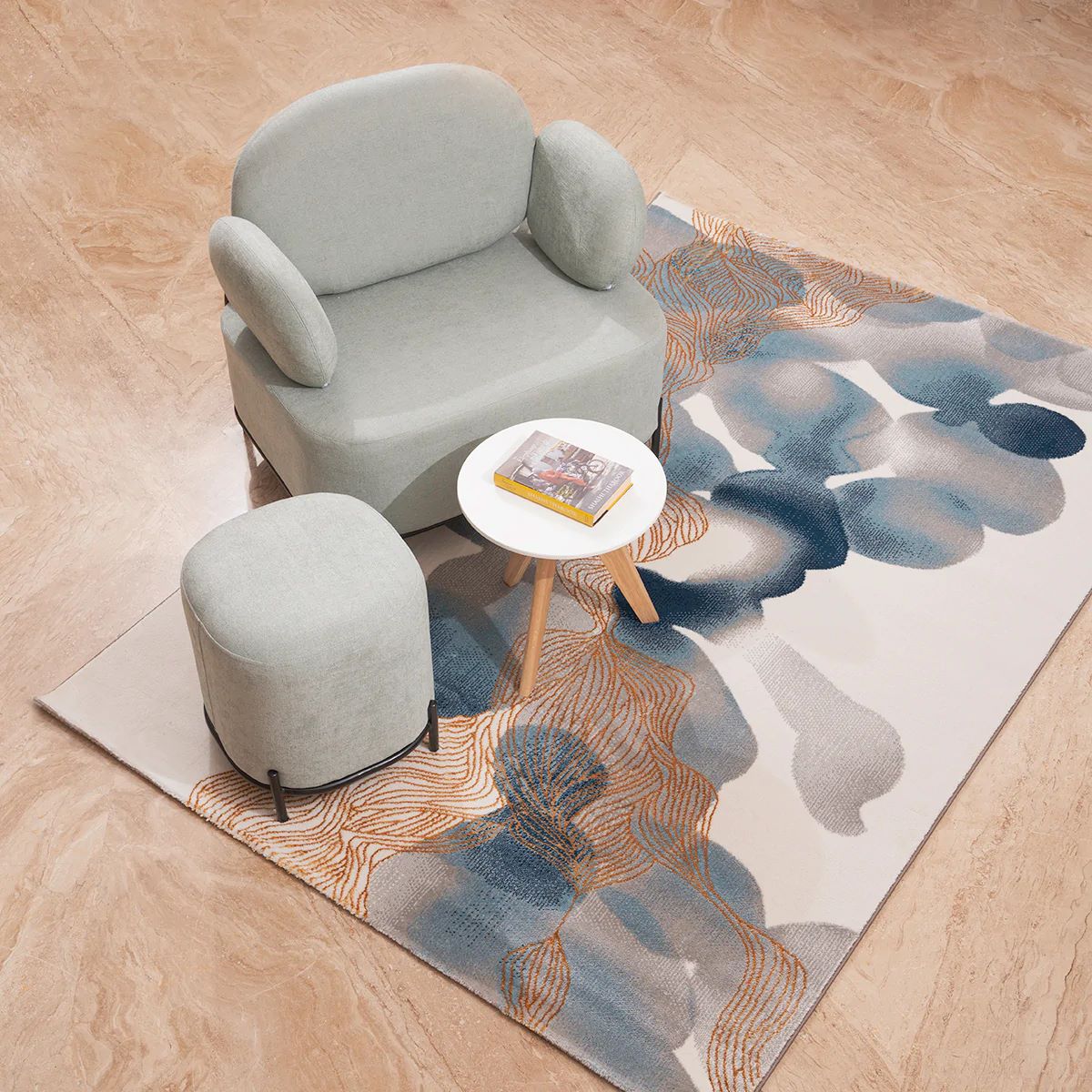
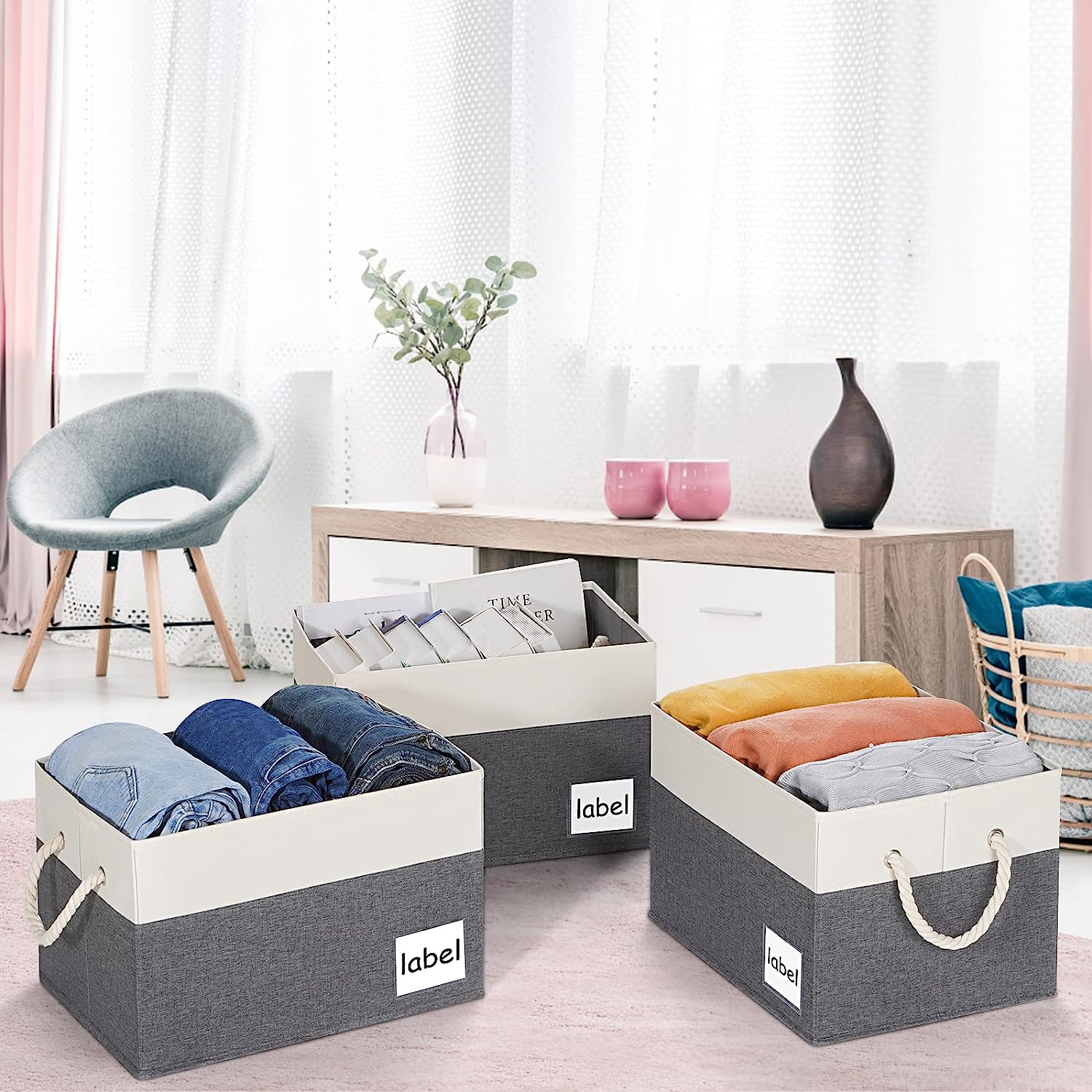



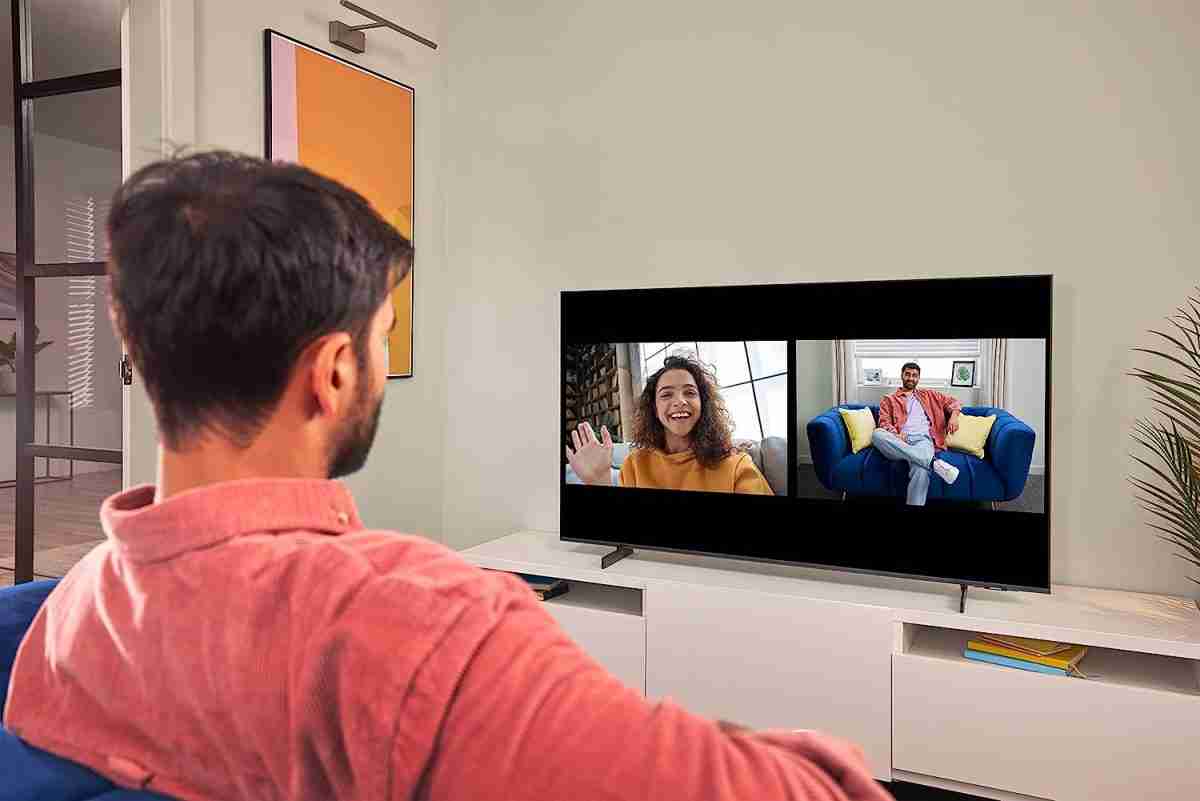
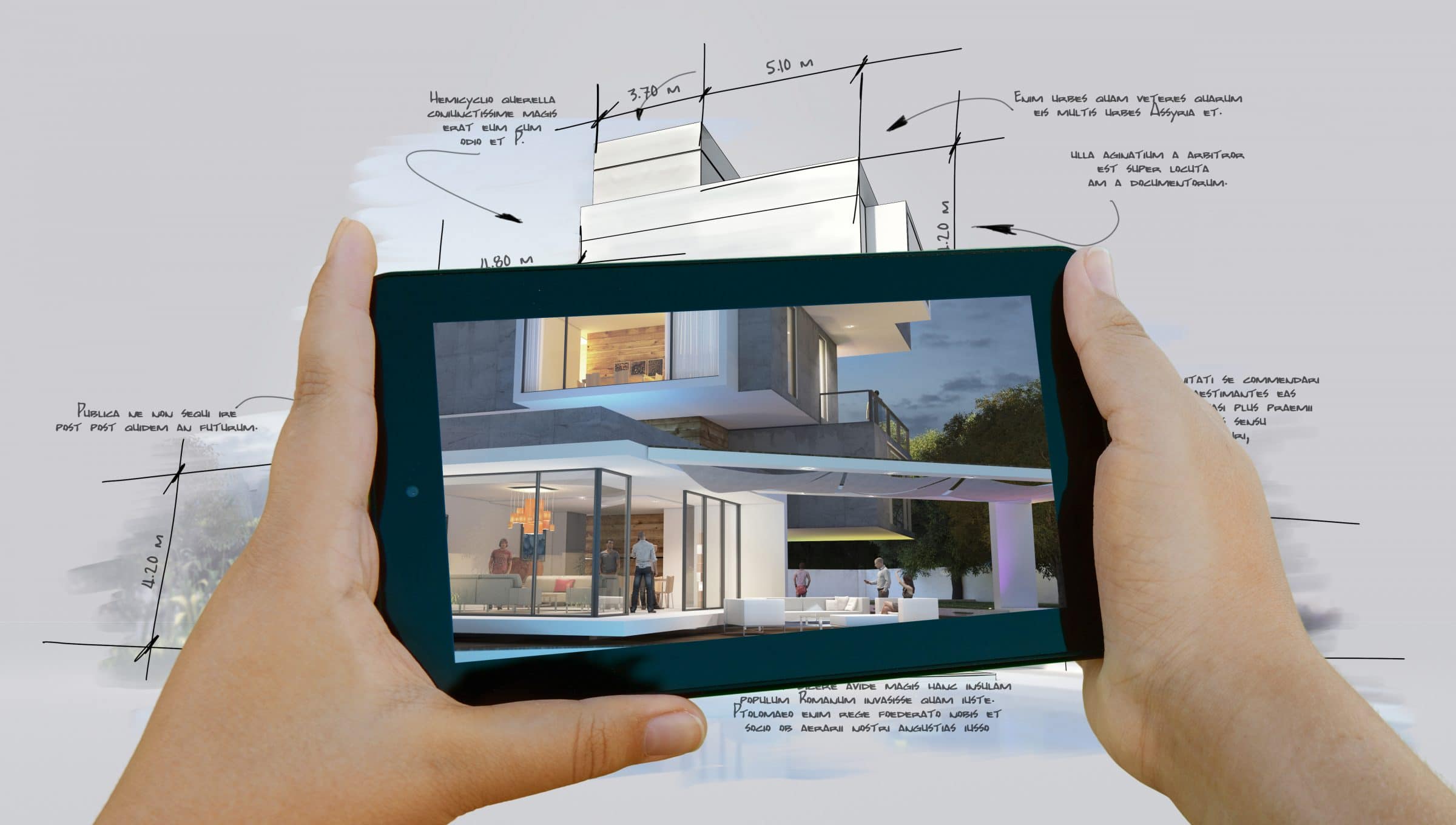


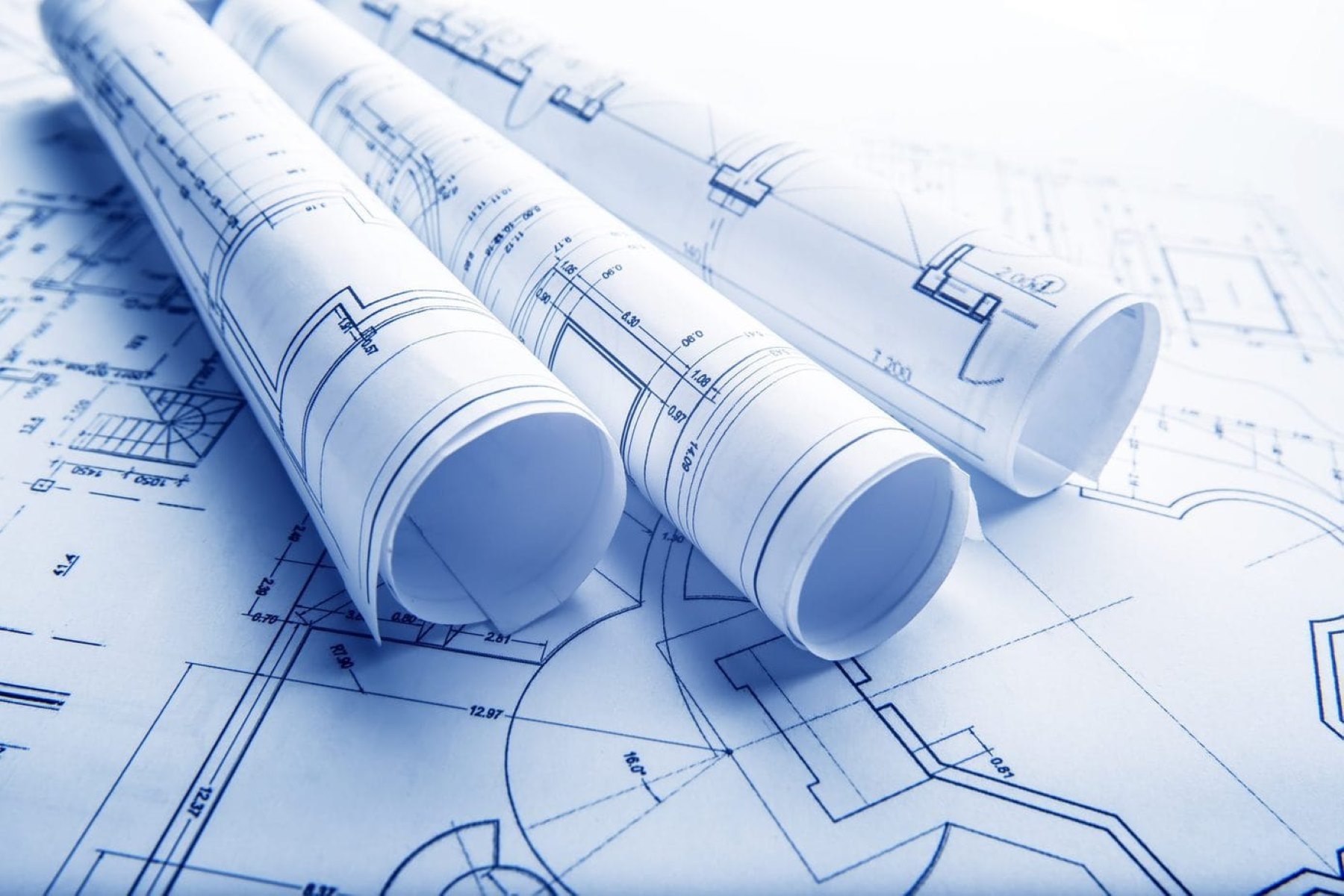

0 thoughts on “Why Is Interior Design Important”